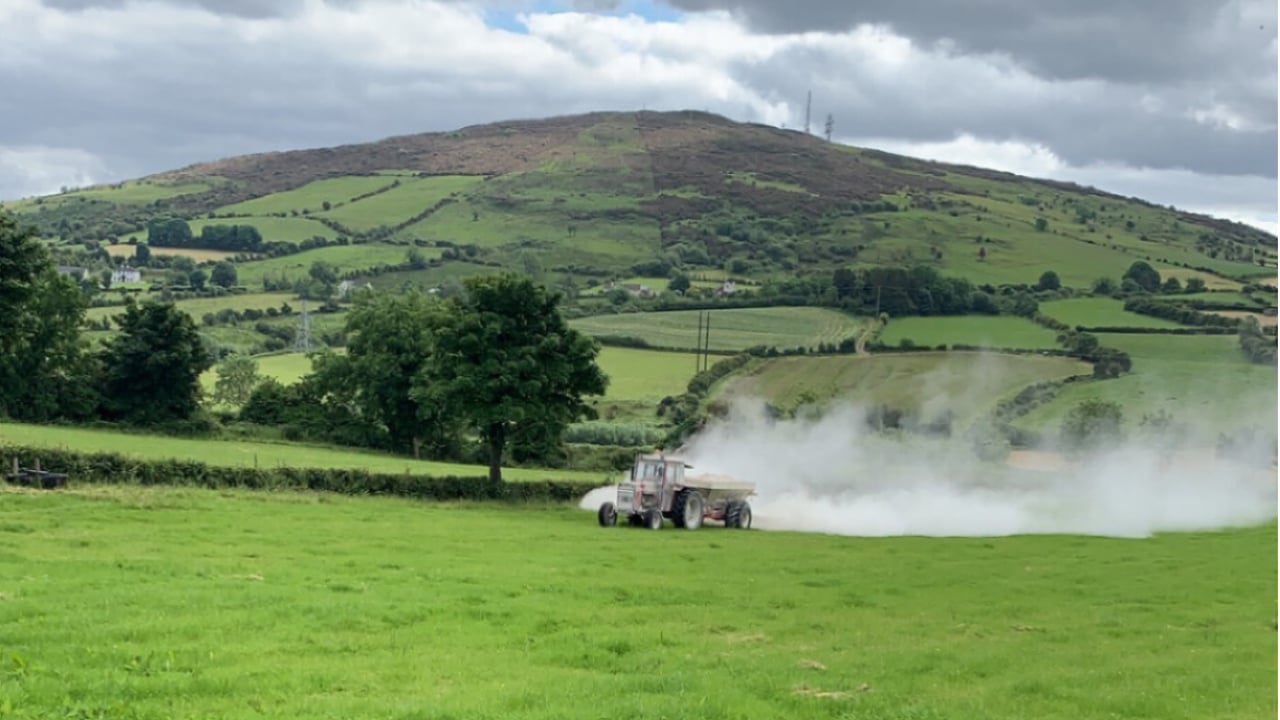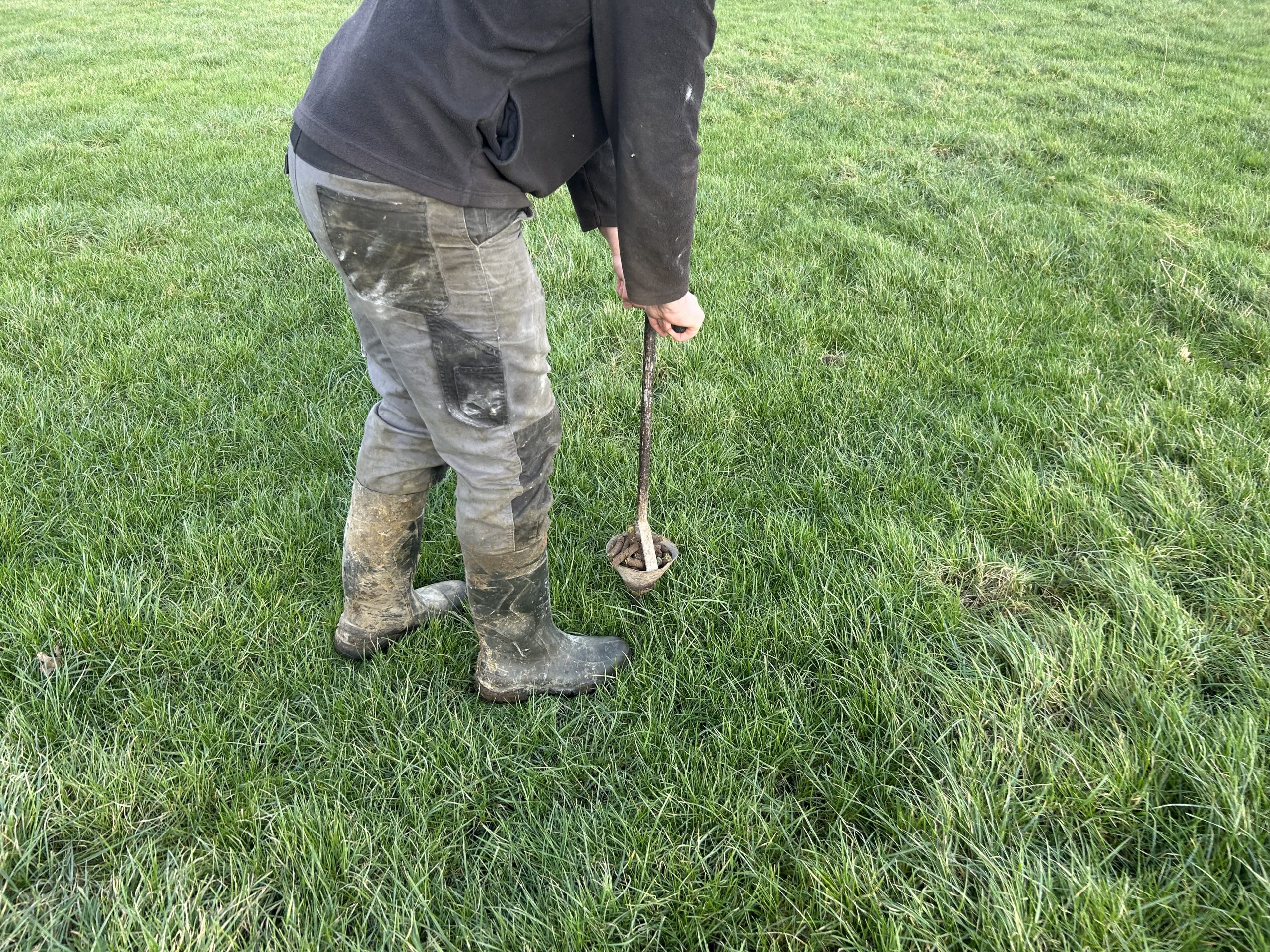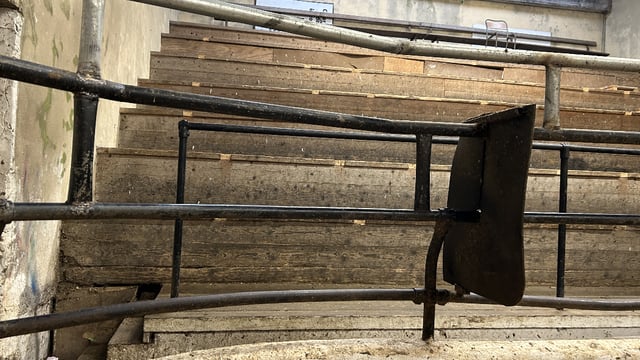Opportunity for liming after last of silage secured for many
The week before last presented an opportunity for many farmers to secure their final cut of silage for the year, and now liming these fields to correct the soil pH immediately after cutting is advisable.
The slurry and fertiliser spreading closed period has kicked in but lime can still be spread all-year-round, with autumn often a great time to get a lot of paddocks rectified for soil pH.
Having good soil fertility will help with the uptake of nutrients and is key to utilising soil and reducing your emissions efficiently.
Now is the time to take action and use soil sample information to plan soil fertility in order to get the best out of your grass in 2026.
Ground conditions are still adequate in most parts of the country, with the dry weather last week helping on that front significantly.
However, it has been a very wet September, so ensure you are not doing damage in an effort to get out lime.
There is not enough lime being spread on Irish farms, even though 39% of soil samples have sub-optimal pH for growing grass - less than 6.3 - and 61% have a sub-optimal pH for growing clover - less than 6.5.
Lime is a natural soil conditioner, and corrects soil acidity by neutralising acids in the soil, which allows the soil biology and earthworms to break down plant residues and animal manures, and release nutrients required for healthy plant growth.
Teagasc research shows an average grass production response of around 1.5t DM/ha from lime alone, which is worth about €181/t DM on a dairy farm.
Based on this research, if you invest €27/ha to maintain soil pH and it returns €150/ha, it represents a €6-€10 return for every €1 invested in lime.
Liming
Lime can release up to 80kg of soil nitrogen (N)/ha/year, which reduces the need for chemical nitrogen in the ground and is a gateway to increasing the availability of nutrients such as phosphorus (P), potassium (K), sulphur (S), and calcium (Ca).
Getting lime out straight after a cut of silage is the best time as you reduce the risk of lime residues on the grass plant.
The first step to getting out lime is obtaining soil samples, as it will help determine which fields need lime and how much lime is required and these samples should be kept up to date every four years.
Soil samples are valid for four years, meaning farmers will be required to soil test the entirety of their farm at least every four years to ensure they can avail of the higher allowances for soil P indices 1 and 2.
Lime should be applied without exceeding 5t/ha in a single application, and so a split application of 2.5t/ha over a number of years will allow you to build up soil pH in stages over time.
It is not just silage fields that may require lime at this time of the year - any field with a low pH should be targeted after a tight grazing or after it is mowed for surplus bales.
In order for lime to be effective and to maintain soil pH at optimum levels, it needs to be applied on a regular basis to control soil acidity as lime is continuously leached from the soil, mainly through drainage water.
It should be noted that soils with a high molybdenum (Mo) status may give rise to copper deficiency in grazing animals and increasing soil pH over 6.2 increases Mo availability. To reduce elevated Mo levels, maintain a somewhat lower soil pH of 6.0-6.2.






